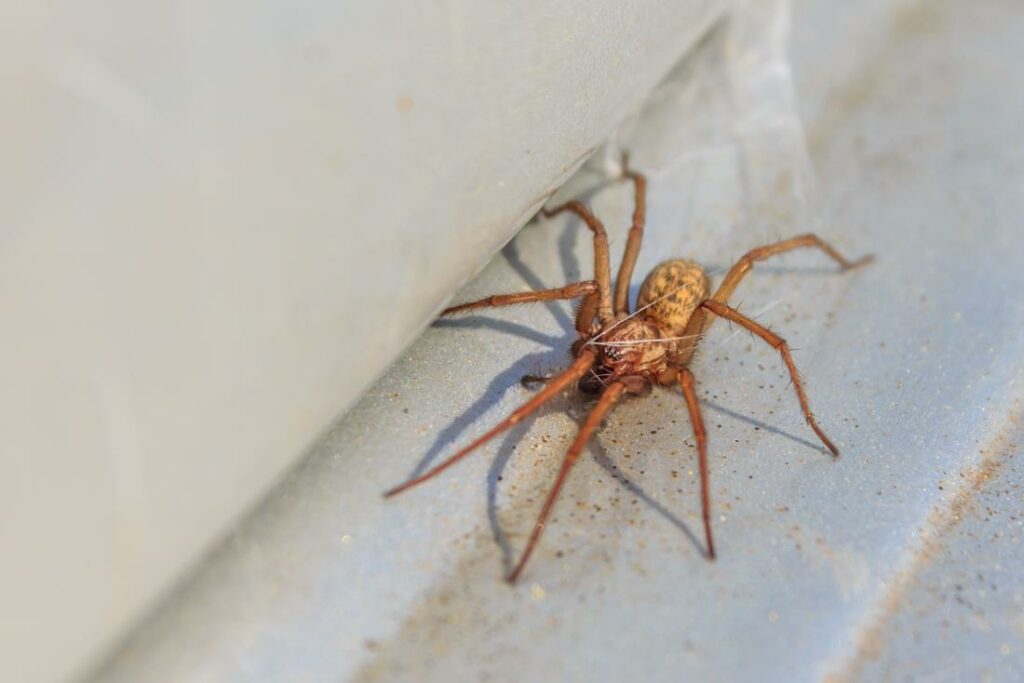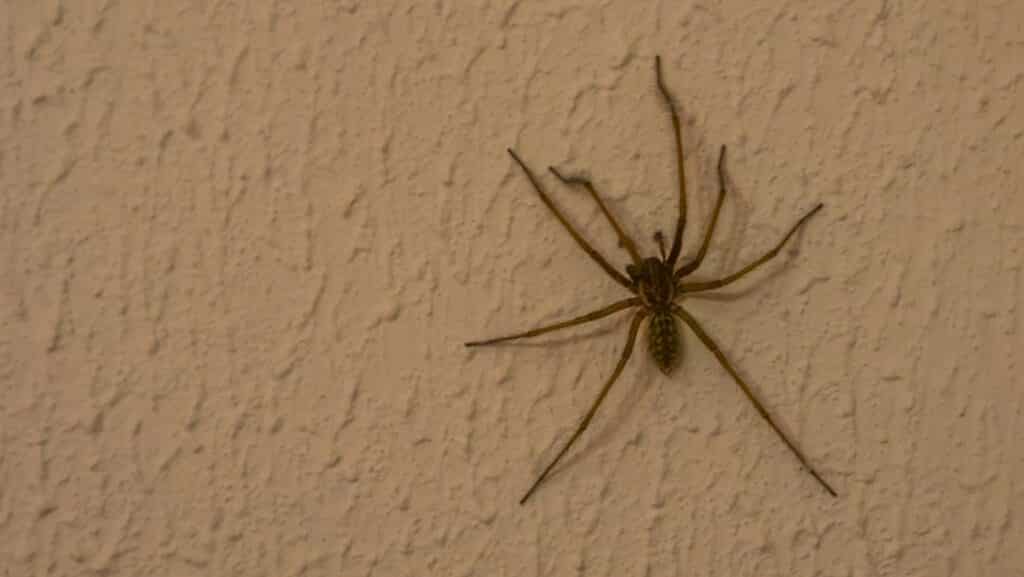The Hobo Spider, scientifically known as Tegenaria agrestis, has garnered much attention due to various myths and misconceptions that have been circulating about it. These spiders are commonly found in certain regions of the United States, Europe, and Canada. In this comprehensive guide, we will explore the characteristics, behaviour, and myths about the Hobo Spider.
Origin and Distribution of the Hobo Spider
The Hobo Spider has its roots in Europe. It is believed that these spiders were accidentally introduced to the United States in the early 20th century, specifically in the Pacific Northwest region. The distribution of the Hobo Spider extends from Utah to Washington. It has also been observed in parts of Europe and Canada. They have adapted well to their new environment and have become an established species in North America, coexisting with other species of spiders.
Natural Habitat
Hobo Spiders have a penchant for dark, damp environments. They tend to thrive in basements, garages, and sheds. These spiders can also be found hiding in crevices in walls or underneath furniture. They prefer to stay close to ground level and can often be found in areas with less human activity. Their natural habitat also extends to areas with dense vegetation, where they can construct their webs without disturbance. They are primarily outdoor spiders but may venture indoors in search of food or shelter, especially during colder months.
Physical Characteristics
Size
The Hobo Spider is of medium size. Males typically measure between 7 to 11 millimetres, while females measure slightly larger, between 11 to 14 millimetres. Although they are not the largest spiders, they are still noticeable due to their distinctive markings.
Colour
These spiders display a brownish hue, featuring a herringbone pattern on their abdomen. This characteristic marking adds to their identification. The males possess two large palps near their mouth, which can be likened to boxing gloves. These palps are used during mating and are not dangerous to humans.
Distinctive Markings
Hobo Spiders can be distinguished by the markings present on their cephalothorax, which houses their head and legs. They exhibit a chevron pattern, characterised by several V-shaped markings that point towards their abdomen. This pattern sets them apart from other spider species and can help in their identification.

The Behaviour of Hobo Spiders
Web Building
In contrast to many spider species, the Hobo Spider doesn’t construct aerial webs. Instead, it opts for funnel-shaped webs on the ground, which serve as effective traps for catching prey. The spider usually hides at the end of the funnel, waiting for insects to get entangled. These funnel webs are constructed with great precision and are very effective in capturing prey.
Hunting and Feeding
Hobo Spiders are nocturnal hunters. They primarily feed on insects that happen to wander into their webs. Despite their formidable appearance, they aren’t aggressive spiders. In fact, they only resort to biting when they perceive a threat. Hobo Spiders play a crucial role in controlling insect populations, making them an essential part of the ecosystem.
Reproduction
The mating season for Hobo Spiders typically occurs during the summer months. Male spiders seek out females for mating. Post-mating, the females lay their eggs in a silk sac, which they fiercely guard until the spiderlings hatch. Once hatched, the spiderlings disperse and begin their life cycle, growing and moulting until they reach adulthood.

Hobo Spider Bites
Symptoms
Bites from a Hobo Spider can cause localised pain, redness, and swelling. In some instances, the bite may evolve into a blister or even an open sore. However, research has shown that Hobo Spider bites aren’t as harmful as once believed. The effects of a Hobo Spider bite are usually mild and subside within a few days.
Treatment
If you suspect a Hobo Spider bite, it is advisable to clean the affected area with soap and water. Applying a cold compress can also help alleviate the symptoms. In case of severe symptoms or allergic reactions, it is crucial to seek medical attention. Over-the-counter painkillers and antihistamines can also help in managing the symptoms.
Myths about the Hobo Spider
There are numerous myths associated with the Hobo Spider. One such myth is that their bites can cause severe tissue damage, akin to the effects of a Brown Recluse Spider bite. However, although they are venomous spiders, scientific studies have debunked this myth, highlighting that Hobo Spider bites aren’t as dangerous as previously thought. In fact, many reported cases of Hobo Spider bites have been misdiagnosed, and the actual culprit might have been a different spider species.
How to Prevent Hobo Spider Infestations
Cleaning Tips
Preventing Hobo Spider infestations involves maintaining a clean and clutter-free environment. It is essential to vacuum and dust your home regularly. Additionally, sealing any gaps or cracks in walls and windows can deter these spiders from entering. Removing excess vegetation and debris from around your home can also help reduce the chances of infestations.
Natural Repellents
Natural repellents, such as peppermint oil or diatomaceous earth, can be effective in keeping Hobo Spiders at bay. These remedies are non-toxic and can help prevent infestations without harming the spiders. They can be easily applied to areas where Hobo Spiders are commonly found.
Coexisting with Hobo Spiders
Understanding the Hobo Spider’s characteristics, behaviour, and habitat can aid in peaceful coexistence and help overcome arachnophobia. These spiders play a vital role in maintaining the balance of the ecosystem by controlling insect populations. By following the preventive measures outlined above, you can minimise the chances of infestations and coexist harmoniously with these fascinating creatures. Appreciating the role they play in the natural world is essential in fostering a respectful and understanding relationship with them.
Conclusion
The Hobo Spider is an intriguing species with a rich history and unique characteristics. By dispelling the myths and understanding their behaviour, we can learn to coexist with these spiders. Remember, these spiders are an essential part of the ecosystem and contribute to the balance of nature. It’s important to treat them with respect and take appropriate measures to prevent infestations rather than resorting to harmful extermination methods.
Additional Resources
Sam loves to learn about animals and their habitats. He has been a nature lover from a very young age, and has been writing papers and articles about wildlife for as long as he can remember.
